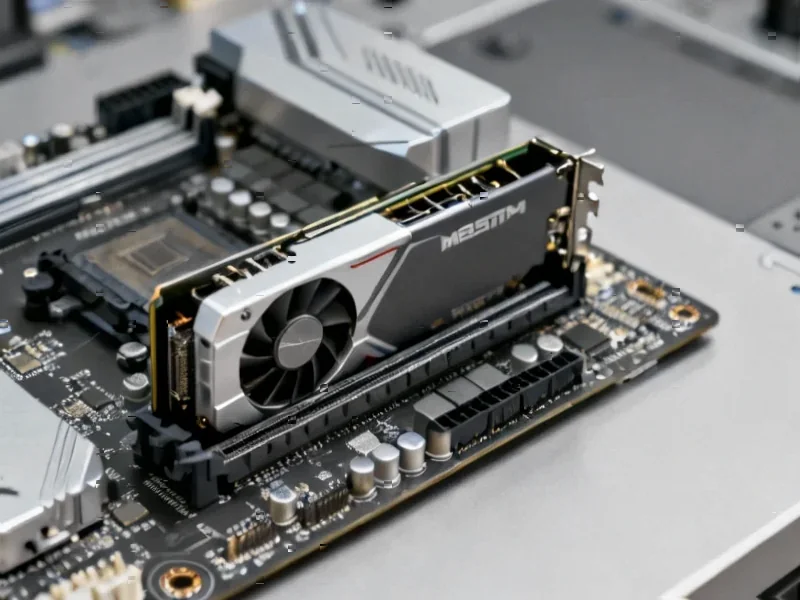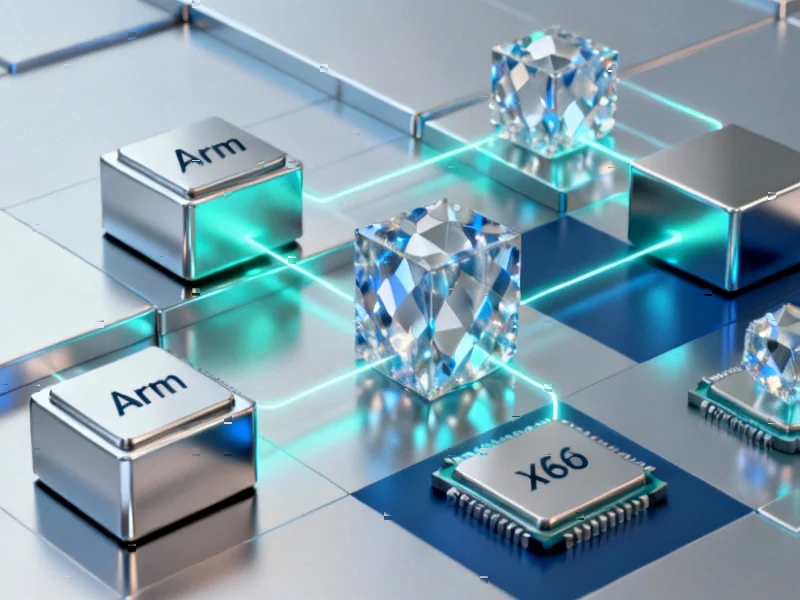According to Guru3D.com, another 12V-2×6 power connector failure has been reported, this time affecting a Sapphire Radeon RX 9070 XT graphics card during regular gaming sessions. The incident, shared by Reddit user u/ProfessionalHost3913, shows severe connector scorching despite the card running at stock settings without overclocking. The failure occurred when the user employed a 3×8-pin adapter because their power supply lacked a native ATX 3.1 connector, highlighting ongoing compatibility issues even with the revised 12V-2×6 standard that was supposed to fix problems from the earlier 12VHPWR design. Reports of similar failures have been appearing since mid-2025, indicating persistent vulnerabilities in high-power GPU connectivity.
The Hidden Upgrade Tax
What’s becoming increasingly clear is that the transition to new power standards represents a significant revenue opportunity for power supply manufacturers. Every time a new GPU generation launches with updated power requirements, it creates a forced upgrade cycle for consumers who must purchase compatible PSUs. The business strategy here is brilliant but costly for consumers—GPU manufacturers can claim improved performance and efficiency while effectively outsourcing the compatibility burden to PSU makers. This creates a symbiotic relationship where both industries benefit from regular hardware turnover, but consumers bear the cost through mandatory accessory upgrades.
The Adapter Economy Problem
The persistent use of 3×8-pin adapters reveals a critical market failure. Many consumers upgrading to high-end GPUs like the RX 9070 XT already own quality power supplies that are otherwise perfectly functional. The additional $150-300 cost of a new ATX 3.1 PSU represents a significant barrier, creating demand for cheaper adapter solutions. This has spawned an entire ecosystem of third-party adapter manufacturers whose products vary widely in quality and safety. The economic incentive structure is misaligned—cheap adapters save immediate costs but risk expensive GPU damage, while proper solutions require substantial additional investment.
Who Bears Responsibility?
The recurring nature of these failures raises serious questions about industry accountability. GPU manufacturers benefit from pushing power envelopes higher to claim performance leadership, yet the power delivery infrastructure struggles to keep pace. The revised 12V-2×6 standard was supposed to address earlier 12VHPWR issues, but as this latest incident demonstrates, the fundamental problem of user compatibility remains. There’s a clear business calculation being made here—the cost of occasional warranty replacements for burned connectors versus the R&D investment needed for truly foolproof power solutions. Currently, the math appears to favor accepting some failure rates.
Market Positioning Consequences
For Sapphire specifically, this incident represents more than just a single hardware failure—it’s a brand reputation risk. As a premium AIB partner, Sapphire’s value proposition includes superior build quality and reliability. When high-end products like the RX 9070 XT suffer from industry-wide power issues, it undermines consumer confidence across their entire product line. The strategic positioning of premium graphics cards becomes complicated when fundamental connectivity issues persist across multiple generations. This creates an opening for competitors who can demonstrate more robust power delivery solutions or better compatibility with existing hardware.
The Real Cost to PC Builders
Beyond the immediate hardware damage, these recurring power issues create significant hidden costs for the PC building community. The uncertainty around compatibility forces consumers into either overspending on new power supplies or risking expensive GPU damage. This creates decision paralysis and may actually suppress upgrade cycles, as potential buyers hesitate to navigate the complex compatibility landscape. The industry’s push for higher performance is colliding with practical consumer realities, and the current solution—shifting responsibility and costs to end users—is becoming increasingly unsustainable as failure reports continue to accumulate.





Hi,
Hope you’re doing great!
I’m Deepa, a Website Design Consultant. We specialize in creating stunning, responsive websites that help businesses stand out and generate more leads online.
If you’d like, I can send a quick layout idea or mockup based on your needs. Could you please share your:
• Website URL (if any)
• Preferred design style or color theme
• Example site you like
Excited to share some creative ideas!
Best regards,
Deepa